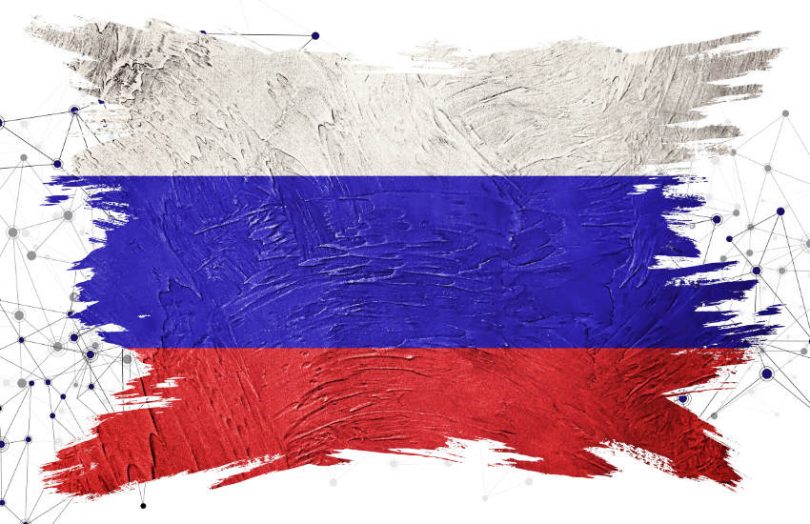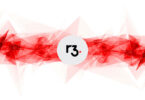Yesterday the Central Bank of Russia (CBR) published a consultation document on regulated digital financial assets (not crypto) in which it considers the issuance of government bonds and sub-federal loans.
In 2020 Russia passed legislation for regulated Digital Financial Assets (DFA) that covers the issuance of tokens for stocks, commodities, commercial paper, and more. So far, just three platform operators have launched, Atomyze, which was founded by metals company Norlisk, Sber Bank and Lighthouse (a startup).
While the government has tweaked some of the legislation this year, the central bank is planning several additional changes and is consulting with market participants. Some of the most interesting high priority suggestions relate to smart contracts and DeFi.
Smart contracts – make sure consumers understand them
Currently, most of the infrastructure being used for digital assets in Russia is based on enterprise blockchains. End users can read the smart contracts on public blockchains, so the central bank wants the same to happen on these closed platforms.
These digital asset platforms can either decide only to publish their own smart contracts or also allow third parties to write smart contract offerings. The central bank is keen to work out solutions that balance promoting competition with protecting the interests of customers and countering cyber-attacks. And it wants to resolve how to distribute the risk and the liability to compensate users for any loss due to smart contract errors.
It also rightly points out that most people cannot understand the code in a smart contract. So customers don’t know what they’re getting into. Hence the central bank wants to see the functionality of the smart contract explained in human-readable plain language.
And it suggests another common issue – establishing the standards for smart contract audits.
Other digital asset regulatory plans
Some of the CBR’s proposals are driven by tax or regulatory arbitrage. For example, it wants to ensure the same tax treatment of precious metals, whether they are tokenized or not. Atomyze has issued digital assets relating to metals. The central bank notes that it’s possible to issue an instrument similar to a bond as a digital asset without the disclosures that usually accompany a bond. It wants to ensure that the concept of ‘same risks, same rules’ is established in the legislation.
Secondly, it wants to make regulations for the tokenization of more classes of assets. This is where the federal bond issuance came to light. So classes include non-equity securities and bonds. It plans to support digital securitization, such as tokenizing claims that are secured by mortgages. For precious metals and stones, it wants to allow for hybrid digital rights that deliver the precious metal or the equivalent value.
A third topic includes plans to trade digital assets using existing exchange infrastructures and intermediaries such as brokers.
And it intends to create rules to admit foreign digital assets to be traded within Russia. The central bank will establish procedures to allow these foreign assets to be admitted to the Russian market.
Meanwhile, Russia is actively exploring ways to circumvent sanctions following its invasion of Ukraine. In September, the Russian Prime Minister set a deadline of December to clarify the use of digital assets and digital currencies for cross border payments. This includes tokenized real world assets, such as digital financial assets for payments, as well as cryptocurrencies or central bank digital currency (CBDC).
The central bank is planning to commence its digital ruble pilots next year.
In response to the moves by Russia, the EU tightened its sanctions, applying them to all Russian cryptocurrencies. Previous bans applied only to wallets with more than €10,000.






